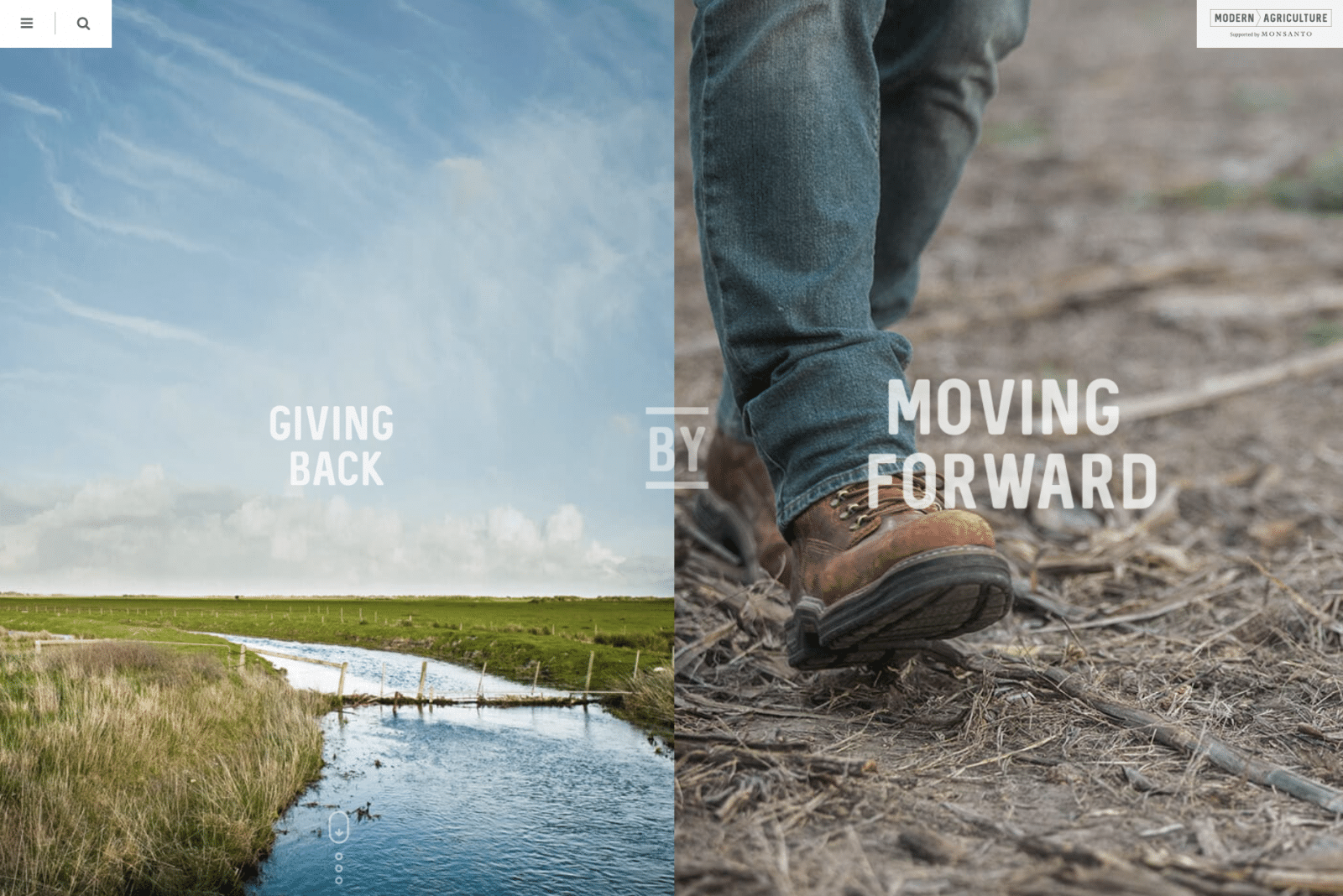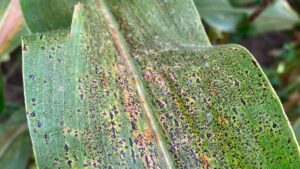When informing the public about modern agriculture, one initiative goes prime time.
If you’ve ever been driving between the hours of 4 p.m. and 5 p.m. during the past year and listening to Fox Business Radio or CNN, you’ve likely heard the commercial about ways modern agriculture touches the lives of ordinary people.
The 30-second radio and tv spot goes something like this: “It’s funny how the biggest ideas often make our impact smaller. How looking at soil has helped us grow our thinking. And by creating digital tools that make resource use more precise, we use less. Like many industries, agriculture uses data to evolve, but you might not see our greatest innovations because they help keep the earth right where it belongs. We give back by moving forward.”
Launching in 2017, the Modern Agriculture initiative is an effort supported by Monsanto, now Bayer, to help the public get away from the iconic pictorial farm of a red barn, rolling hills and cows in a pasture. Yes, old red barns still dot the countryside, but these barns are not suited to farmers’ needs today. Given the sheer size of today’s equipment, it would be hard to bring a new combine or planter into some of these buildings, let alone have the capabilities to perform maintenance. And one can easily find cows in pasture these days, but much of animal production has moved indoors for a number of reasons.
The agency Paradowski is responsible for the creative components of the campaign and before beginning, along with Monsanto, surveyed citizens around the United States to better understand their perceptions, hopes and fears about the state of agriculture.
On its website highlighting the campaign, the team wrote: “There’s a perceived dichotomy between innovation in agriculture and environmental preservation. In truth, the two things go hand in hand. This :30 spot is our love letter to Mother Nature …”
The initiative is a full-blown public relations campaign taking to radio, tv and the web and putting “modern agriculture” in the spotlight in a positive way. The question remains: Is it moving the needle?
The answer, it appears is “yes.” In the past six months (April through September), the website has had more than 925,000 visitors, with 48 percent of the traffic coming from a search and another 21 percent of traffic is directed from social media (Facebook, Linkedin and Youtube).
Maybe the needle isn’t moving but a fraction, but getting people to ask questions and stop and listen is a positive step. Every step forward is positive for the seed industry and for agriculture.













